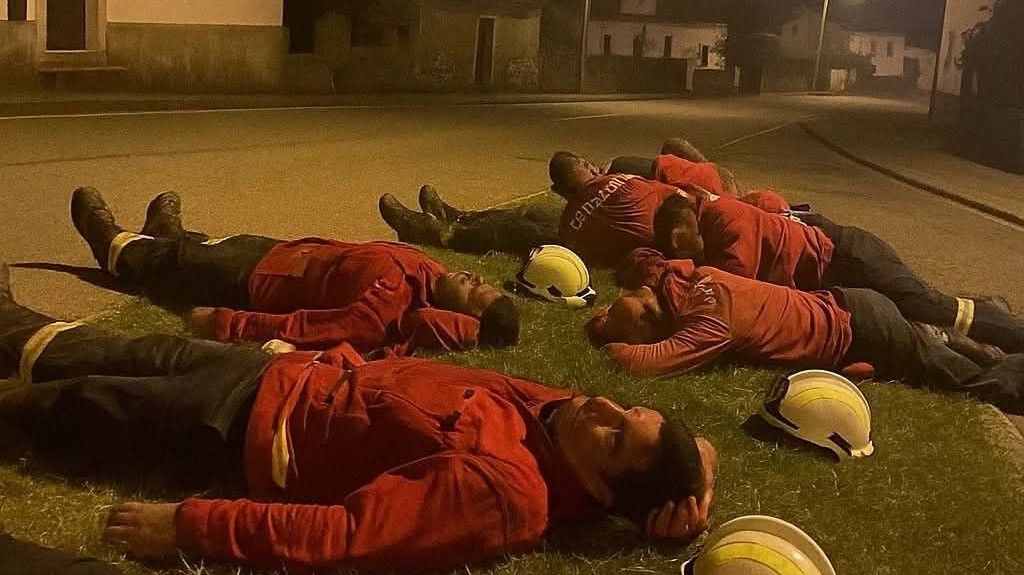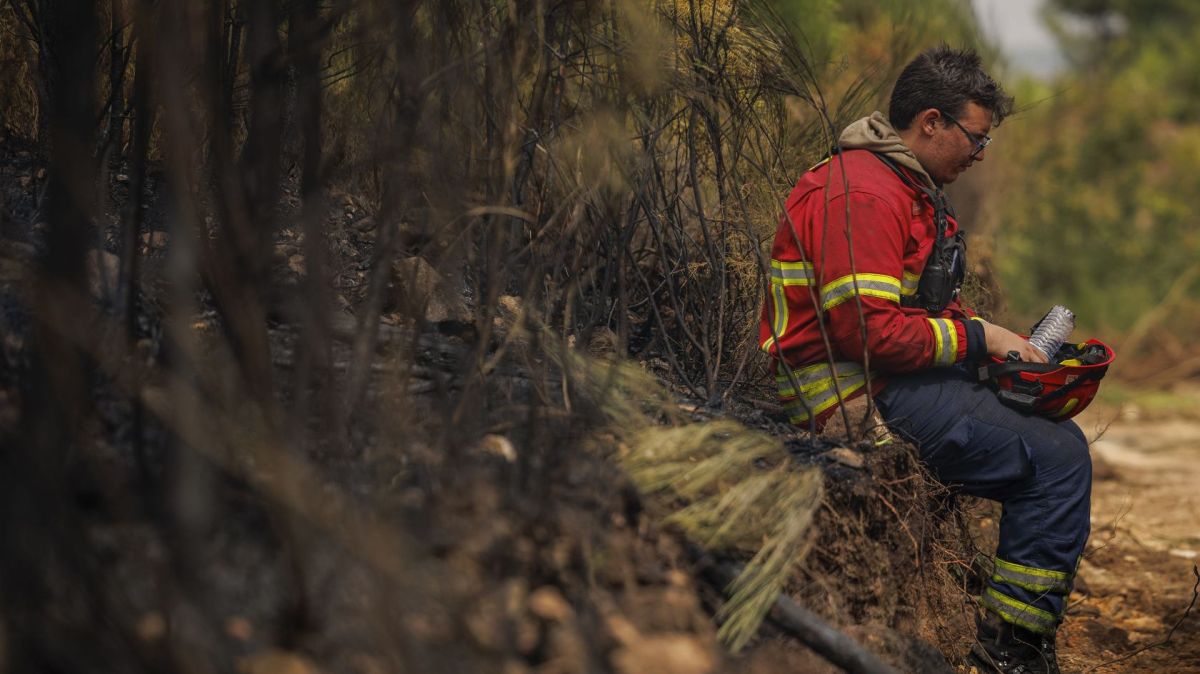According to the National Operational Directive (DON), which establishes the Special Firefighting Unit for Rural Fires (DECIR), the season that mobilizes the most resources and is considered the most critical has ended, with fewer operational personnel, vehicles, and aircraft on the ground.
In a response sent to Lusa, the National Emergency and Civil Protection Authority (ANEPC) announced that five aircraft will extend their operations for another 15 days, leaving the firefighting unit out of service starting today, meaning six fewer helicopters than were operational in the last three months.
ANEPC indicates that, contrary to what was planned in the DECIR, the operation of the two medium amphibious aircraft from the Beja Air Resources Center (CMA), as well as the three light helicopters from the Montijo, Monchique, and Cachopo CMAs, will be extended.
According to Civil Protection, the aerial deployment will consist of 67 aircraft starting today, but two are "currently inoperative."
In addition to these aircraft, during the next 15 days, during which the "Charlie level"—the third level that mobilizes the most combat assets—will be in effect, 12,789 personnel from 2,133 teams, 2,810 vehicles, and 19 tracked machines will be operational.
From July 1st until yesterday, at the so-called "delta level" and when the firefighting system was at maximum capacity, 15,025 firefighters from 2,567 teams, 3,411 vehicles, 16 tracked machines, and 74 aerial vehicles were on the ground.
This fire season has seen nearly 270,000 hectares of burned area, the fourth-worst year in terms of area after 2017, 2003, and 2025. Four deaths, including one firefighter, several injuries, and the total or partial destruction of first and second homes, as well as farms, livestock, and forestry.
Portugal was affected by heat waves between July and August, which favored the occurrence of several rural fires, especially in the northern and central interior of the country. Some fires, such as those that started in Piódão and Trancoso, lasted 11 and eight days, respectively, were recorded.
A total of 7,715 fires have broken out this year, according to data from the Integrated Rural Fire Management System (SGIFR), which shows a decrease in the number of fires in recent years, although this year saw the highest number since 2022.
The regions most affected by fires this year are the Central region, with 185,461 hectares of burned forest, and the North, with 70,690 hectares.
According to data, 35% of the fires and 38% of the burned area were recorded on days of "very high" fire risk.
The Agency for Integrated Rural Fire Management (AGIF) has already announced that it will produce a report on this year's major fires, and the National Assembly approved the creation of a technical committee, composed of 12 specialist technicians, to analyse the fires.














